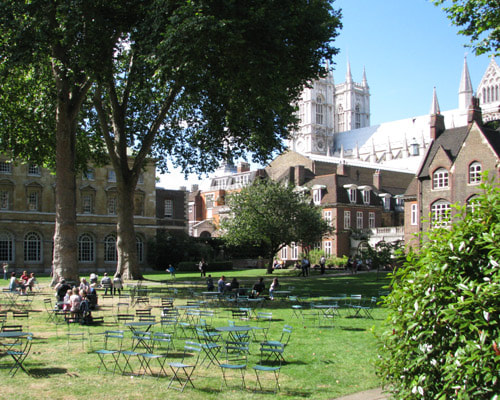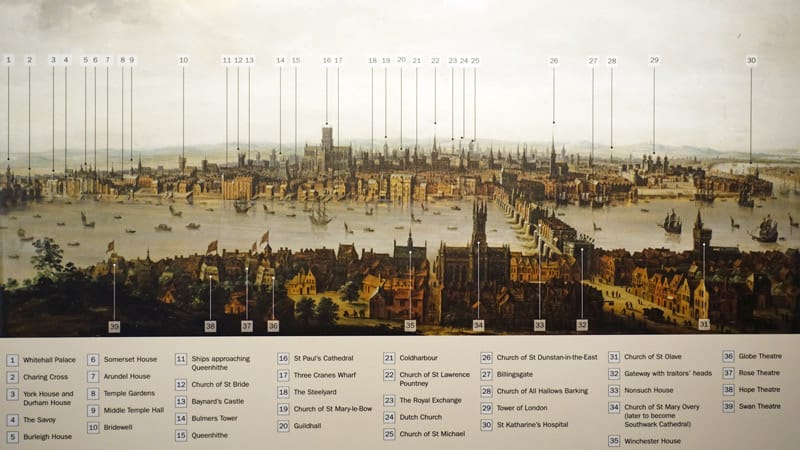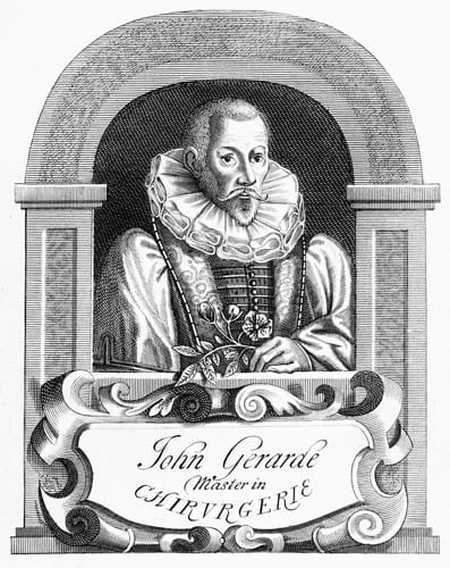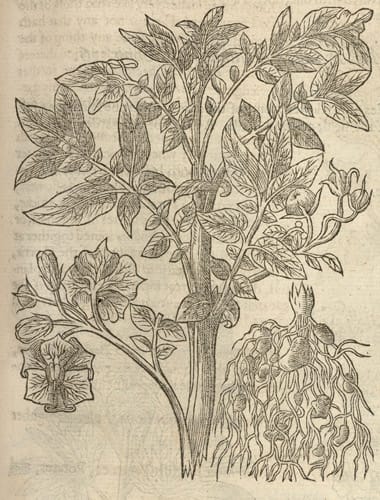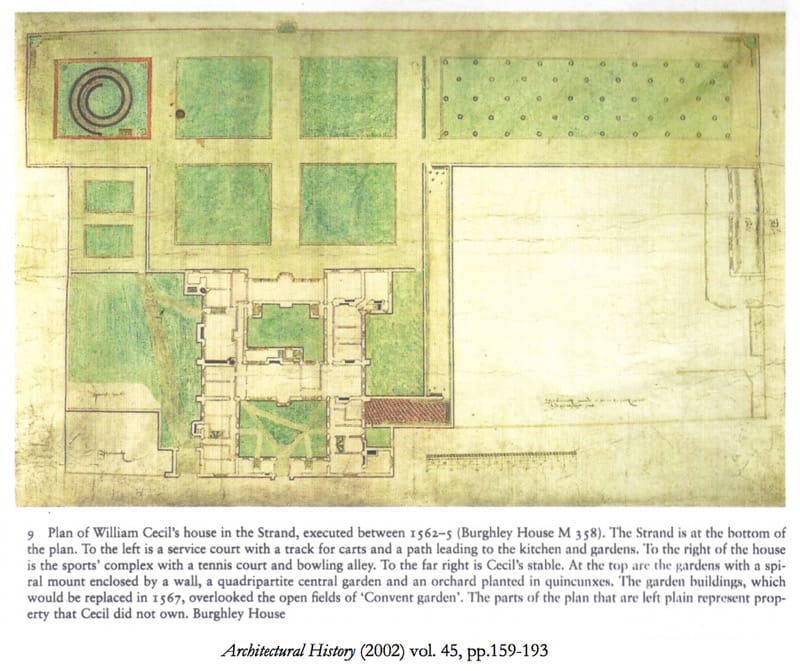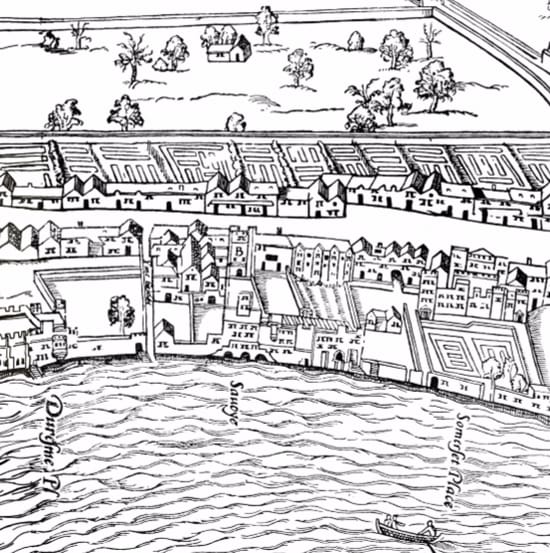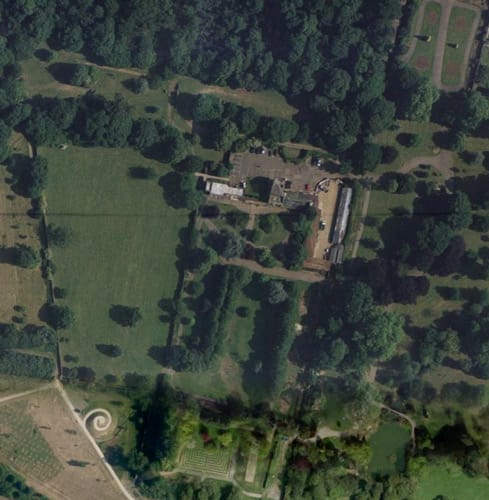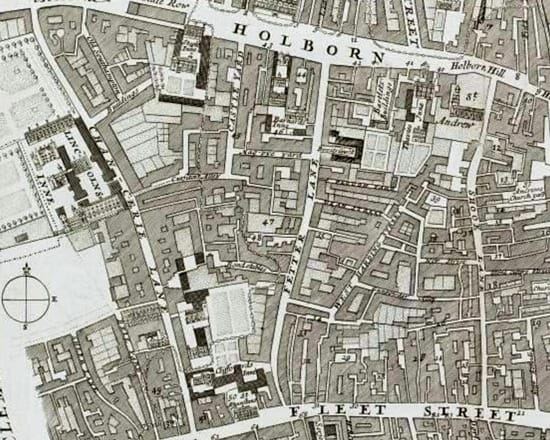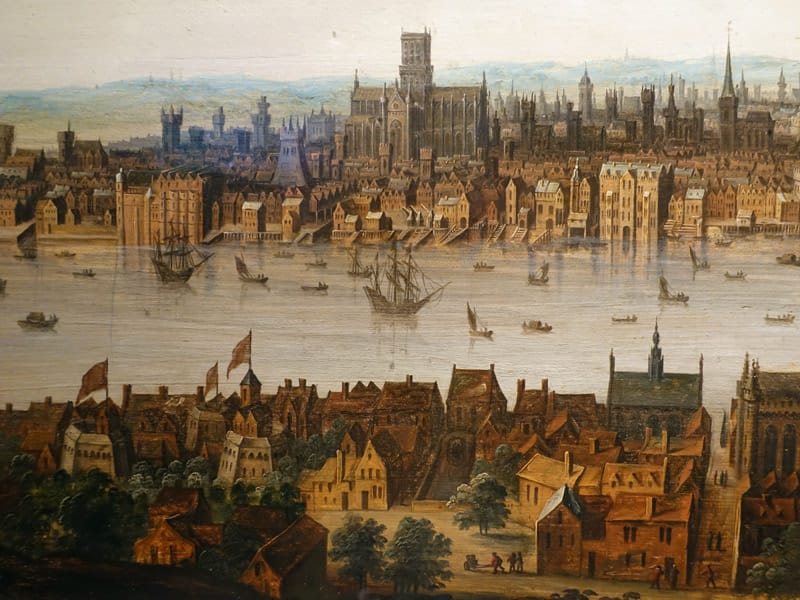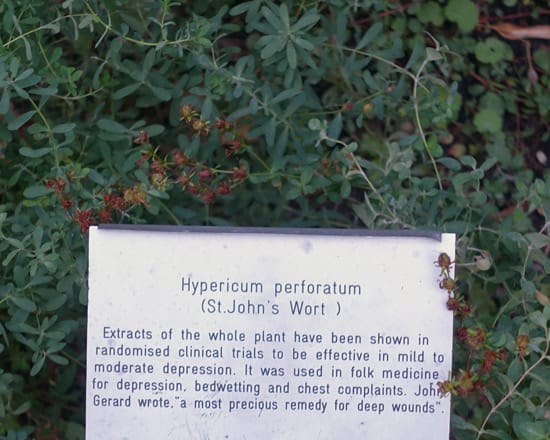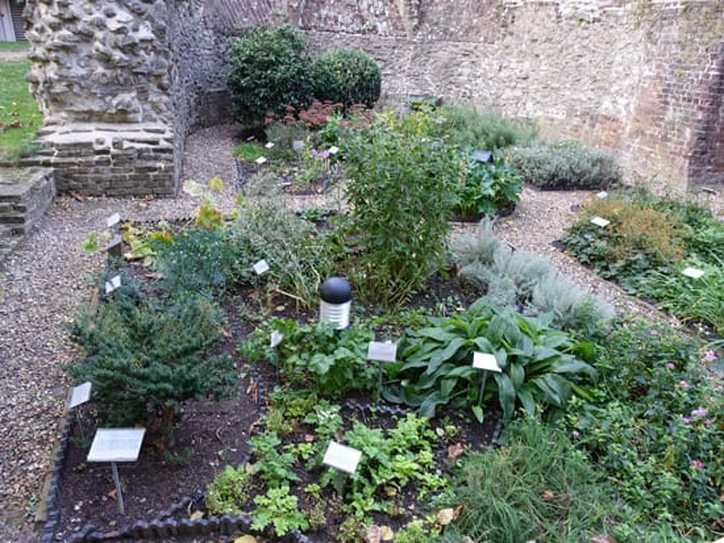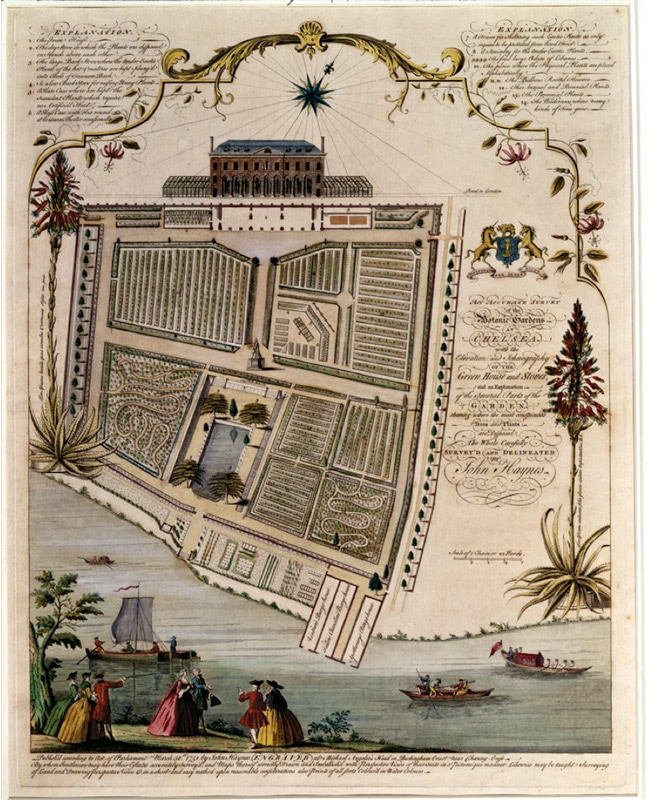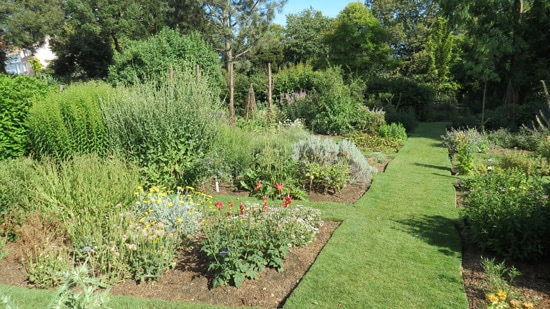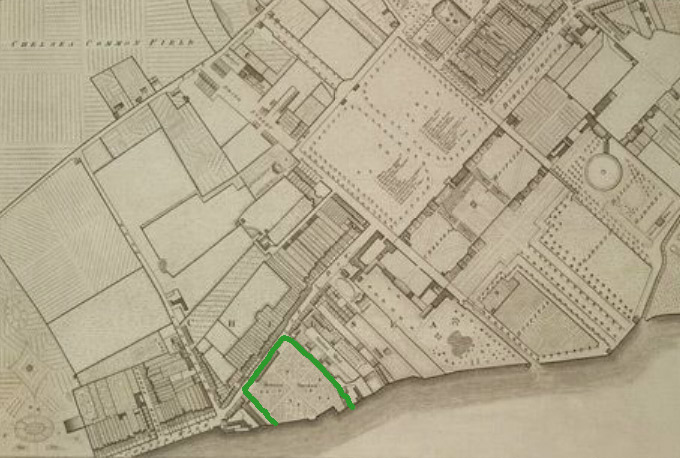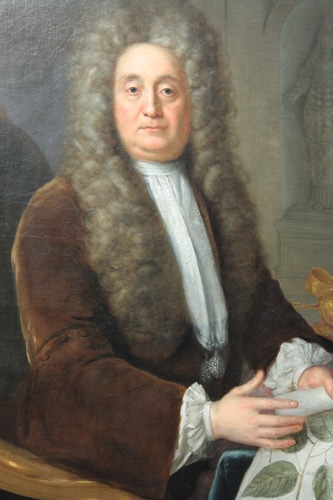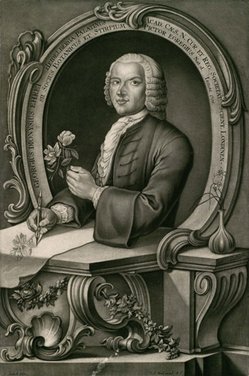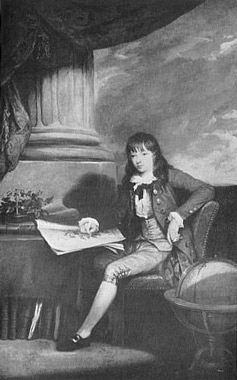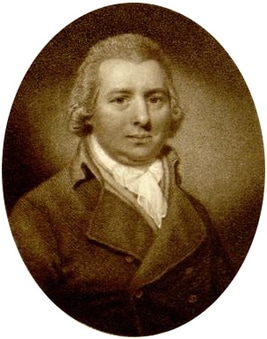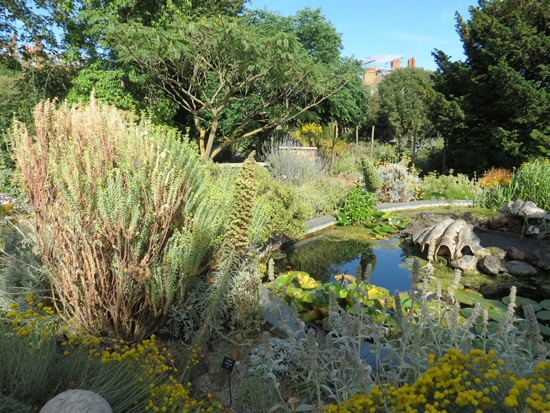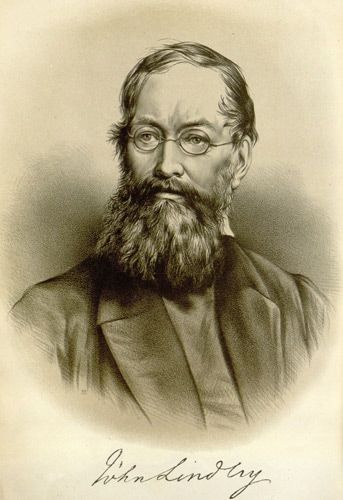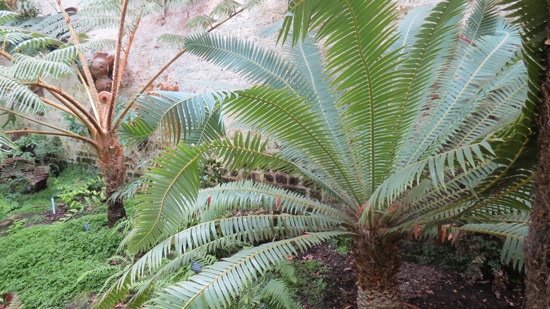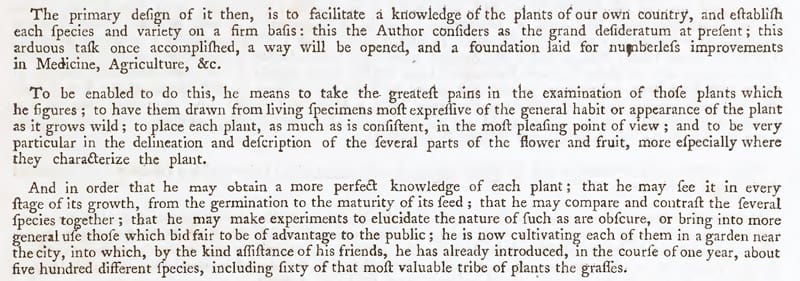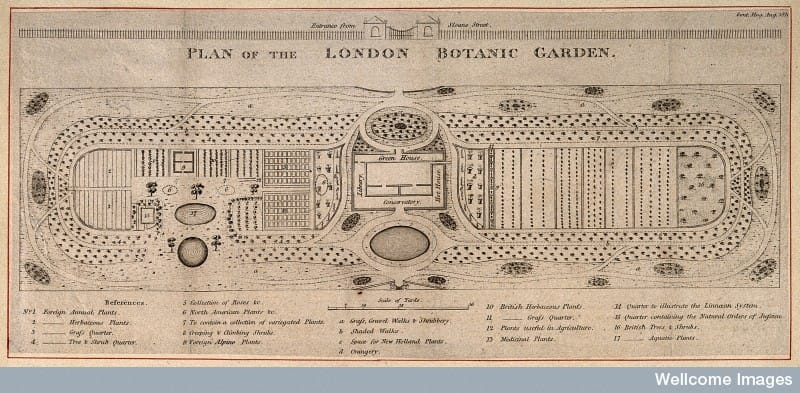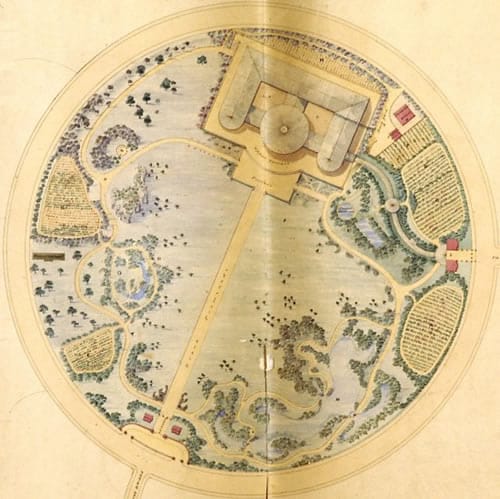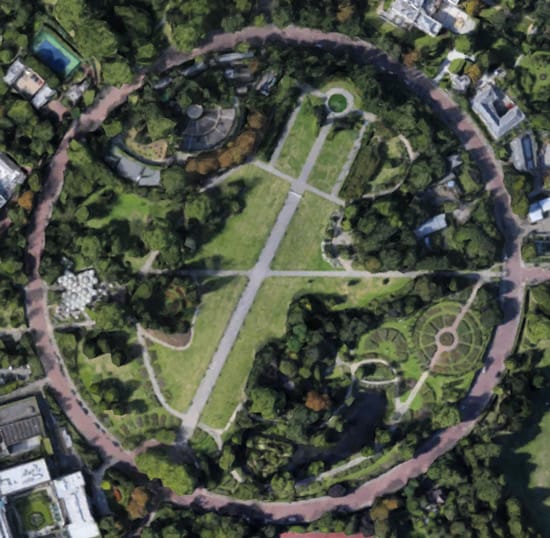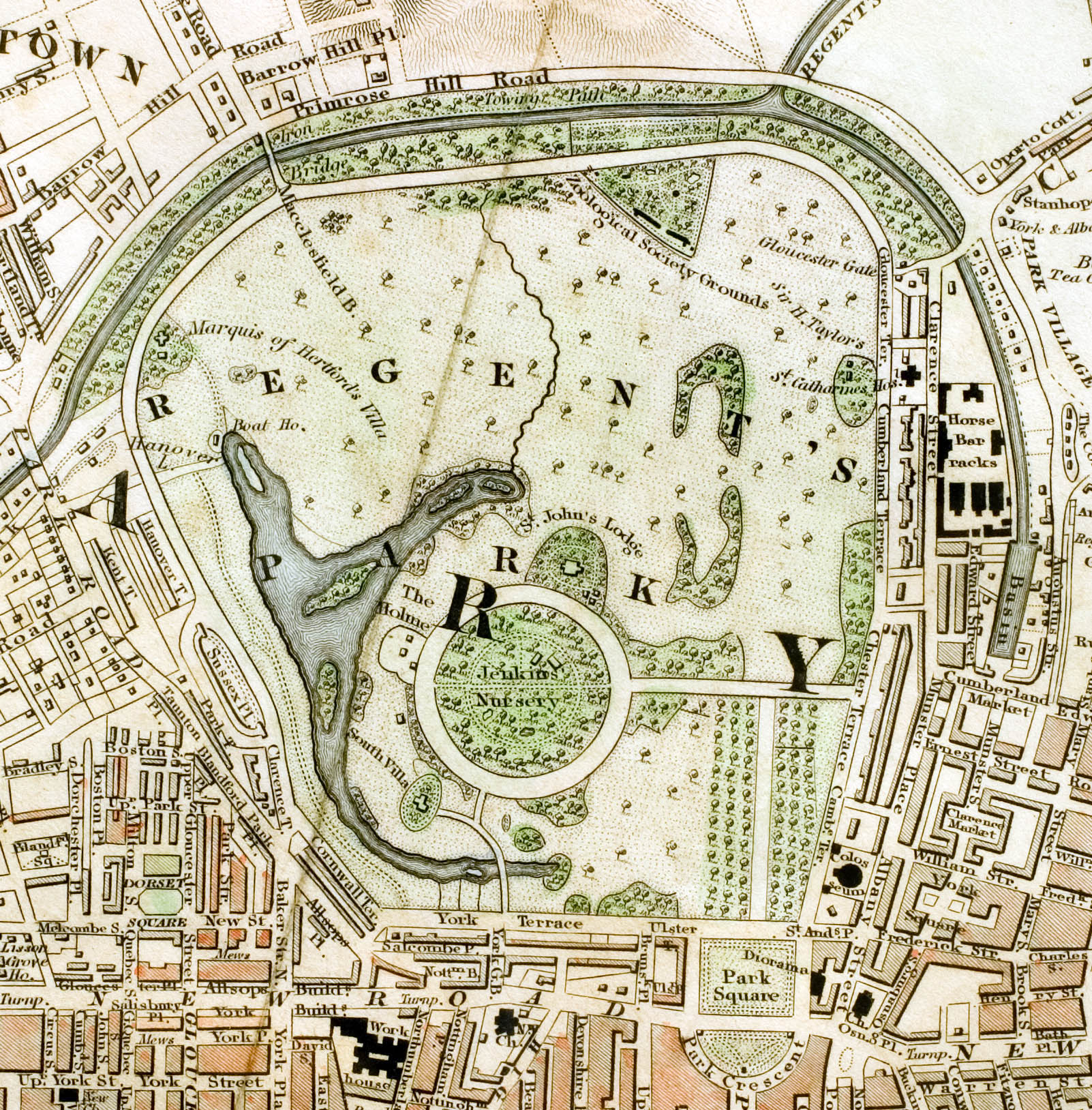- Home
- NEWS
-
HISTORY
- What is Botanical Art?
- What is Botanical Illustration?
- Botanical Art History Books >
- Herbals
- Florilegia and Flora
- Patrons of Botanical Art >
- Past Masters - Botanical Art and Illustration >
- Famous Asian Botanical Artists (600-1900)
- 20th & 21st Century Botanical Artists >
- Botanical Photographers
- Botanical and Herbal Art Online
-
ARTISTS
- Botanical Artists in the UK
- Botanical Artists in North America
- Botanical Artists in Europe
- Botanical Artists in Australia and New Zealand
- Botanical Artists in Asia
- Botanical Artists in Africa
- Botanical Artists in Latin America
- Botanical Printmakers, Photographers, Sculptors et al
- The Jill Smythies Award
- Botanical Artists on Facebook
- Botanical Art Blogs
-
Exhibitions
- Calls for Entries - OPEN exhibitions
- Online Exhibitions >
- RHS Botanical Art & Photography Shows >
- The Shirley Sherwood Gallery of Botanical Art >
- Hunt International Exhibition of Botanical Art & Illustration
-
UK
>
- North America >
- Europe >
- Australasia >
- Asia >
- Africa
- ARCHIVE: World Wide Exhibition of Botanical Art 2018
-
Education
- NEW BOOKS about Botanical Art and Illustration >
-
Best Botanical Art Instruction Books
>
- Tips and Techniques >
- Botanical Art Video Tips >
- Online Botanical Art Instruction >
- International Directory: Botanical Art Teachers
- International Directory of Botanical Art Courses >
- Artist Residencies, Scholarships and Bursaries
- Diplomas and Certificates >
- Distance Learning Courses
- Talks, Lectures & Tours
- Botanical Education on Facebook
- Materials
- Groups
-
Botany
- Why botany matters to artists
- Botany Books for artists >
- Scientific botanical illustration
- Plant Forms and Anatomy
- Plant Evolution and Taxonomy
- Plant Names and Botanical Latin
- Botanical Dictionaries
- How to Identify Plants
- Recording a Plant / Sketchbooks >
- Botanic Gardens & Herbaria >
- Blogs about Plants and Flowers
- Contact
This page looks at some of the older physic and botanic gardens which existed in London in the past.
Many of these would have been ones visited by famous and not-so-famous botanical artists of the past.
At leats two contributed plants which were drawn and painted for famous and important publications.
Some no longer exist in any form.
Many of these would have been ones visited by famous and not-so-famous botanical artists of the past.
At leats two contributed plants which were drawn and painted for famous and important publications.
Some no longer exist in any form.
|
The publication of notable Herbals stimulated gardens - initially known as Herbal Gardens, later as Physic Gardens.
The Botanic Garden developed later and can sometimes be traced back to monastic institutions. In London, Herbal and botanic publications - and associated images - are associated with two men and their gardens:
|
Definition of "Physic" - What is the difference between a botanic garden and a botanical garden? |
Categorisation of older gardens in London
Those visiting London may want to take a look at where some of the most important physic/botanical gardens were. What distinguishes these gardens is that most - but not all - no longer exist as they did when they were important - even if they still exist as a garden.
These include - in date order:
MONASTIC GARDENS
Note: The Royal Botanic Garden Edinburgh was founded in 1670.
These include - in date order:
MONASTIC GARDENS
- College Garden Westminster 11th century
- Cecil House c.1562 on The Strand (plus Theobalds c.1575 in Hertfordshire)
- John Gerrard's own large herbal garden c.1590s in Holborn
- Physic Garden at the Barber Surgeon's Hall (City of London)
- Physic Garden / garden of Medicinal Plants at the Royal College of Physician, Regents Park
- The Garden of the Society of Apothecaries c. 1673 - 1899) / Chelsea Physic Garden (1899 to date) - in Chelsea by the river
- Kew Botanic Garden - 1759: Princess Augusta, mother of King George III, founds a nine-acre botanic garden within the pleasure grounds at Kew. Kew Gardens is excluded from this page and a separate page will be developed for Kew.
- William Curtis and The London Botanic Garden - in Lambeth c.1799, Brompton c. 1789 and Cadogan Place c.1807
- The Royal Botanic Society's gardens c.1840 in Regent's Park.
Note: The Royal Botanic Garden Edinburgh was founded in 1670.
Monastic Gardens
|
Various Monastic Gardens were being developed across the UK in the 11th century. Gardens were used for medicinal herbs as well as to produce food for the monks and nuns.
Monks also developed Herbals Herbarium - Originally a small garden containing flowers and herbs; later usually a physic garden of medicinal herbs. |
A number of sources make it clear that both monks and nuns were avid gardeners. Some of the more horticulturally inclined of the religious houses sold seeds and plants, and supplied medicinals as well. By the year 1200, the sale of gardening tools, seeds, and plants was a major industry, with centers at Oxford, London, and Paris. |
College Garden, Westminster Abbey (1100 - to date)
|
The College Garden next to Westminster Abbey is the site of the original Infirmary Garden. It was created in the 11th Century and was where the medicinal herbs were grown for those cared for by the monastery. It is it is said to be the oldest garden in England under continuous cultivation - for the last 900+ years. Its name is taken from the old meaning of the word 'college', being a community of clergy. The east and south sides have a medieval wall with a watergate which formerly opened into the River Thames. A new Herb Garden was created in 2010 to commemorate the original Herbarium garden created there in 1306 (on the site of the present knot garden).
The College Garden is on the site of Westminster Abbey's first Infirmary Garden established in C11th, so land here has been cultivated for over 900 years. Records in Westminster Abbey Library refer to a herbarium completed in 1306, and there is another reference in the same year to a little garden with a locked gate that may be this garden. The Infirmary Garden would have been planted with fruit and vegetables grown for food, as well as medicinal plants, and was cultivated under the direction of a Senior Monk of the Abbey, the Infirmarer, who had care of the monastic community as well as local people. The Infirmary Garden would also have been a place of convalescence for the monks. Plants such as fennel and hyssop would have been among the medicinal herbs, and these are present in the garden today. Herbs may have been grown in a series of small raised beds, and there were areas of grass large enough for the harvesting of hay. By the C15th there were two ponds, one either side of the central path, which were probably also for medicinal plants such as water lilies. |
REFERENCE:
|
The Gardens of John Gerard (1545-1612)
He's associated with so many gardens he gets a section all to himself!
|
John Gerard (c.1545-1612) was a botanist and herbalist. Born in Nantwich in Cheshire, he lived in Holborn, London - close to Barnards Inn, between Chancery Lane and Fetter Lane - in the 16th century. He worked as:
He died in February 1612 and is buried in St. Andrew's Church, Holborn |
Context
To give some context in terms of dates, here are some other events taking place at the same time as some of these gardens were being developed.
|
The Publications of John Gerard
|
Gerard created the very first catalogue of a garden - a list of plants he had grown in his own garden- ever published.
He also created the The Herball or Generall Historie of Plantes. London - first printed in London in 1597. His Herball is dedicated to Burghley. The problem with this publication is that most of it is not original work by John Gerard - and he is accused of plagiarism by some people. You can read more about this in "The Old English Herbals" section of the Herbals Page on this website. It was essentially an English translation by Sir Robert Priest of highly popular herbal (1554) of Dutch scholar Rembert Dodoen However - and importantly - he also added in:
|
The Gardens of John Gerard
|
He is associated with five gardens. According to Sir Roy Strong, the first two are considered to have been the most influential of Elizabethan gardens.
1577-97 - For 20 years he superintended two gardens belonging to William Cecil, Lord Burghley - Queen Elizabeth 1's chief adviser and Principal Secretary for most of her reign and Lord High Treasurer from 1572 and Privy Councillor Lord Burleigh - until he died. He was in charge of the gardens at:
Late 16th century - While working in London, he also developed his own large garden in Fetter Lane in the Holborn area. |
In 1586, the College of Physicians wanted to establish a physic garden and appointed John Gerard as its curator of this Physic Garden of medicinal plants - an appointment he kept until 1604, although there's no written evidence that a garden was ever developed..
In 1596 he proposed also creating a Physic Garden for the Barber–Surgeons' Company in the City of London. He was commissioned to look for land however it's unclear he found a new garden. He was granted a lease on a garden next to Somerset House in 1604. It's also worth noting that he also commended himself to the University of Cambridge as a suitable superintendant of a university botanic garden in Cambridge. However the university was extraordinarily slow at founding a botanic garden which probably accounts for why nothing came of this - or maybe why Gerrard volunteered himself in the first place. In 1604, Queen Anne (the consort of James 1) granted to John Gerard (who was described as a Surgeon and Herbalist to the King), a lease of a garden plot adjoining Somerset House, on the condition that he supplied her with herbs, flowers, and fruit. In 1605, He released this garden to Robert Cecil, Ist Earl of Salisbury |
BELOW are descriptions of the five gardens he is most associated with - four of which are in London and one of which probably never actually existed in his lifetime.
- Cecil House. The Strand c.1562
- Theobalds, Cheshunt, Hetfordshire
- John Gerard's own private herbal garden in Fetter Lane
- The Physic Garden of the College of Physicians
- The Physic Garden of the Barber-Surgeons Company
REFERENCE:
- Herball, Generall Historie of Plants by John Gerard, 1597 | University of Virginia - covers the introduction of American plants
- A catalogue of plants cultivated in the garden of John Gerard, in the years 1596-1599 /edited with notes, references to Gerard's Herball, the addition of modern names, and a life of the author, by Benjamin Daydon Jackson
- John Gerard - Herbalist and Scoundrel
- The Agas Map of Early Modern London - an interactive site
- John Gerard | Nantwich Museum
- John Gerard | Dictionary of National Biography
Cecil House, The Strand c. 1562
In 1604, John Gerard was granted a lease of a garden adjoining Somerset House by Queen Anne, the queen-consort of James I
In 1605 he parted with his interest in it to Robert Cecil, Ist Earl of Salisbury, second son of Lord-treasurer Burghley.
In 1605 he parted with his interest in it to Robert Cecil, Ist Earl of Salisbury, second son of Lord-treasurer Burghley.
|
Cecil House was located on the north side of The Strand at a time when it was becoming "the place to live" for the nobility. It was also known as also called Exeter House or Burghley House.
It was the principal 'working' household residence of William Cecil, the 1st Baron Burghley (Lord Burghley). He stayed there during the "law terms" and while conducting government business for Queen Elizabeth 1. There was no more prestigious location and the house was to remain his London headquarters throughout his career until he died there in 1598. A coloured plan of the house and gardens discovered at Burghley House (in Lincolnshire) in 1999 is the earliest known design in existence for a known Elizabethan garden. You can compare the house and gardens in the 16th century to the current day buildings using the two images below.
TODAY The Strand Palace Hotel is located on the site of Cecil House and and neighbouring buildings (including the London Transport Museum in Covent Garden) largely occupy the space occupied by the gardens of Cecil House. Below you can see my 'guesstimate' of how the coloured plan above maps on to the current day disposition of buildings and streets between The Strand and Covent Garden.
|
REFERENCE:
|
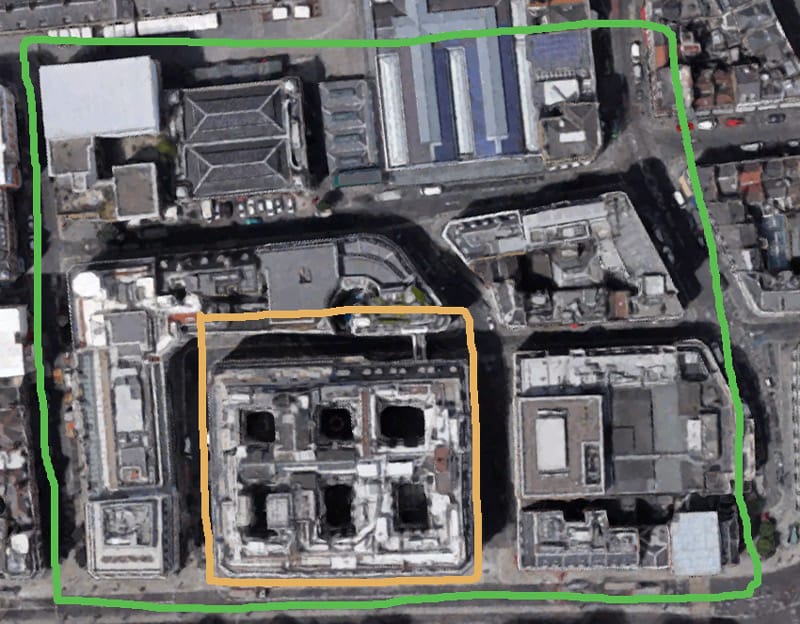
Green line provides a rough approximation of the plot of Cecil House and Gardens - bounded by Exeter Street on the west, Covent Garden to the north and Wellington Street to the east. The site of Cecil House - indicated in brown - is now part occupied by The Strand Palace Hotel. The plot is in-between the site of the Savoy Hotel (south of The Stand) and Covent Garden.
Theobalds, Cheshunt, Hertfordshire c.1575
|
William Cecil bought the estate at Theobalds in 1564. Given a need to demonstrate both his status and to have a place big enough to entertain Queen Elizabeth I and her travelling court, he built a much larger house. It took over 20 years to build - starting in 1564 and completing in 1585.
Queen Elizabeth I visited eight times between 1572 and 1596. The gardens are cited as being "an important Elizabethan renaissance garden" made by William Cecil, Lord Burghley after 1575 with help from John Gerard. The gardens at Theobalds were large, and ornamented with labyrinths, canals, and fountains. The great garden contained seven acres of ground; besides which there was the pheasant garden, privy garden, and laundry garden. In the former were "nine knotts, artificially and exquisitely made; one of which was sett forth in likenesse of the kinge's armes." The fruit and other trees (fn. also also 30), the materials of the banquetting house, walls, &c. were valued all together at 590l. 1s. |
TODAY Theobalds is now known as Cedars Park. What remains of the garden and palace is now archeological only. |
John Gerard's Private Herbal Garden c.1590s
|
John Gerard had a house in Fetter Lane in Holborn - in the Fraringdon Without Ward on the extreme western edge of the Citiy of London. Here he established a well stocked Physic Garden of c. 1,000 plants.
He published a catalogue of all the plants he had grown in his garden in 1596. The only known copy is in the Sloane collection at the British Library. |
In 1596 Gerard published a catalogue of twenty-four pages of the plants in this garden—the first complete catalogue of the plants in any garden, public or private. |
Formerly it was generally supposed that Gerard’s garden was on the northern side of Holborn, but this is unlikely, for during the latter part of Elizabeth’s reign the part which is now known as Ely Place and Hatton Garden was an estate of forty acres belonging to the Bishopric of Ely. Holborn was almost a village then, and Gerard tells us in his Herball that in Gray’s Inn Lane he gathered mallow, shepherd’s purse, sweet woodruff, bugle and Paul’s betony, and in the meadows near red-flowered clary, white saxifrage, the sad-coloured rocket, yarrow, lesser hawkweed and the curious strawberry-headed trefoil. Wallflower and golden stonecrop grew on the houses. |
REFERENCE:
|
The Physic Garden of the College of Physicians
|
1586 - John Gerard was appointed as the Curator of the Physic Garden of the College of Physicians, a post he held until 1604. At the time they were located in Knightrider Street, south of St Paul’s Cathedral.
As with the Barber-Surgeons Company (see below), it's unclear whether a garden was ever created during Gerrard's time as curator. It seems possible that:
|
Gerard (1545–1612) was a surgeon, a liveryman of the Company of Barber-Surgeons. He was also an expert plantsman, or horticulturist as we would say today, then known as a herbarist (not herbalist), and he was the superintendent of Lord Burghley's gardens at Cecil House, in The Strand, and at Theobalds House, in Hertfordshire, where the gardens were reputed to be as fine as those at Hampton Court. Gerard was an ideal person for the RCP to approach and the Annals of 6 October 1587 state, ‘John Gerard, surgeon, promised that he would look after the College garden, and agreed to keep it stocked with all the rarer plants for a reasonable charge’.2 Unfortunately there is no evidence that such a garden was ever planted, but there is an alternative possibility. |
|
TODAY there is a Garden of Medicinal Plants at the Royal College of Physicians headquarters overlooking Regents Park. Nearly 1,000 species were sourced and planted between 2005 and 2008. Almost every plant has a link to medicine.
There are free tours of the medicinal garden on the first Wednesday of every month. The Modern Garden of Medicinal Plants has had four artists in residence - see details in Botanic Gardens in the UK
|
The current garden was created in St Andrews Place in 1965. From 2005 it was extensively replanted - thanks to a grant from the Wolfson Foundation - work which continues today with our dedicated team of gardeners and Garden fellows. The centrepiece is a huge oriental plane tree - a descendant from the famous tree on the island of Cos under which Hippocrates is said to have taught his students. |
REFERENCE:
The Physic Garden of the Barber-Surgeons Company
|
John Gerard rose through the ranks of the of the Barber-Surgeon’s Company:
In 1604, he was granted a lease on a garden adjoining Somerset House, by the wife of King James I |
REFERENCE:
|
TODAY, there is a Physic Garden behind the Barbers Hall in Monkwell Street. (see photo below). The plants are labelled with comments from 16th century herbalists.
|
The Illustrated Herbal
by Wilfrid Blunt and Sandra Raphael Read my detailed Book Review - The Illustrated Herbal by Wilfred Blunt The book provides in-depth coverage of the history and development of the "herbal" book and includes excellent illustrations of a number of them and the plants considered to be of medicinal interest. It traces their development from early hand-decorated manuscripts and medieval woodcuts to the metal engravings and botanical prints of the early 18th and 19th centuries. This guide has been revised and updated to take into account the latest discoveries and developments. AUTHORS: Wilfrid Blunt (1901-1987) is very well known as the author of 'The Art of Botanical Illustration which earned him the Veitch Memorial Medal by the Royal Horticultural Society; Sandra Raphael was formerly the Librarian and archivist for the Linnean Society in London and was author of the series of books produced about Bunny Mellon's botanical art collection |
Hardcover: 192 pages | 64 colour plates | 80+ black and white woodcuts and engravings Publishers: There are various editions of this book. My copy is a second edition published by Frances Lincoln Publishers in 1994. BUY THIS BOOK The Illustrated herbal
The Illustrated herbal
|
The Apothecaries Garden - Chelsea Physic Garden (1673 to date)
The Botanical Garden of the Society of Apothecaries
The Chelsea Physic Garden claims to be the second oldest botanic garden still in existence in the UK. It can be found between the River Thames / Chelsea Embankment and the Royal Hospital Road in Chelsea. Those involved with the garden reads like a botanical "who's who"!
The Chelsea Physic Garden claims to be the second oldest botanic garden still in existence in the UK. It can be found between the River Thames / Chelsea Embankment and the Royal Hospital Road in Chelsea. Those involved with the garden reads like a botanical "who's who"!
|
The physic garden in Chelsea has a long history. A timeline describes the main events below. Below you can find a
|
TODAY
|
The village of Chelsea "the village had a healthy reputation which contributed to its status as a fashionable suburb in the 17th and 18th centuries and it was favoured for convalescence."
British History - Settlement and building: Chelsea up to 1680
|
1673 - Founded by the Worshipful Society of Apothecaries of London. The purpose of the garden or hortus medicus was to provide a place to train apprentices in developing their knowledge of medical plants and herbs.
A plot of land (c. 1 hectare) was leased. At the time the south east boundary provided a 100m frontage on to the River Thames. As it developed during the late 17th century, the layout became geometrical. The ground was divided by straight paths with a series of rectangular teaching beds on each side. 1676-7 - The wall was constructed around the garden |
|
1679 - 1200 different plants are recorded as growing in the garden. Many came from South America and the East and West Indies.
1680 - John Watts, an apothecary, was appointed first director of the garden. Subsequently he was removed from post for neglecting the garden. 1682 - The seed exchange programme was introduced 1680s - trainee physician Hans Sloane studied at the Garden 1695 - 1706, Samuel Doody, an apothecary, cared for and funded the Garden on a short lease. After Doody died, management by committee with funding provided via subscription was tried - without success - as a model of management. |
The Chelsea Physic Garden is bottom left - outlined in green - of this may. The very large area occupied by the Hospital for Chelsea Pensioners and used by the Royal Horticultural Society's Chelsea Flower Show every year is on the right of this map.
|
|
The Physic Garden and Hans Sloane
1712 - Sir Hans Sloane (1660-1753) purchased the garden - as part of the Manor of Chelsea - from Charles Cheyne. 1722 - a Deed of Covenant was approved and the grounds were leased - as a Physic Garden - in perpetuity to the Society of Apothecaries for £5 a year plus a requirement that 50 new plants (in the form of dried specimens) grown in the Physic Garden were submitted to the Royal Society every year until 2,000 had been submitted (hence the incentive to collect new plants for the garden). At the time, the garden was described as being '3 acres, 1 rood and 35 perches plus greenhouse, stove and barge houses' (Report 1996). 1722 - 1770 Philip Miller (1691 – 1771) was appointed as head gardener in 1722 and continued until 1770. He is buried in Chelsea Old Church. During his time as head gardener he trained many people who subsequently became important in the botanical world. Miller wrote The Gardener's and Florists Dictionary or a Complete System of Horticulture (1724). The eighth edition contains the binomial specific names attributed to Miller. The dictionary provides not only cultural but also descriptive botanical information, including the characters of each genus and diagnoses of the species. |
(Miller) "has raised the reputation of the Chelsea Garden so much that it excels all the gardens of Europe for its amazing variety of plants of all orders and classes and from all climates..." |
|
1720s - Mark Catesby sent seeds from North America and the West Indies to Hans Sloane at the Chelsea Physic Garden
1735 - The famous botanical artist Georg Ehret met Sir Hans Sloane and Phillip Miller and was introduced to the Chelsea Physic Garden. In 1736, he lived with Miller; subsequently married his sister in law and provided illustrations for the edition of his garden dictionary published in 1752. 1750 - The Garden contained an impressive and large range of rare plants which Miller had obtained as plants or seeds from various parts of the world. Botanical Artists, Artwork and Publications 18th Century
|
|
1763 - Joseph Banks (age 20) came to live with his mother in Chelsea and regularly visited the Chelsea Physic Garden to develop his interest in botany and science. He was encouraged in his botany by Miller and subsequently made a number of contributions to the garden - including seeds. The garden now includes plants first named by or named after Banks.
1765 - 1771 - William Hudson was appointed Demonstrator of Plants and Praefectus Horti to 'praefectus horti' to the Apothecaries' Company at Chelsea. He wrote Flora Anglica which is said to mark the establishment of Linnean principles of botany in England. 1771 - 1784 - One of Miller's Pupils William Forsyth became Head Gardener after Miller retired. The genus Forsythia was named after him. Forsyth was also a Scottish botanist. In 1779 he was also appointed as appointed Superintendent of the royal gardens at Kensington and St James'. He was also a founding member of the Royal Horticultural Society. His other interests may account for the beginning of the decline of the garden in the late 18th and 19th centuries. 1771 to 1777 - William Curtis was demonstrator of plants and Praefectus Horti. Curtis began his studies as an apothecary, before turning his attention to botany and natural history. He subsequently started his own Botanic Garden, was the author of Flora Londinensis and started Curtis's Botanical Magazine. [See below with respect to his own Botanic Garden - established in Lambeth before it moved to Brompton and Sloane Street - not far from the Physic Garden] 1773 - The Pond Rockery was constructed (Grade II listed). This is the oldest rockery in the world. The stone includes Icelandic lava donated to the garden by Joseph Banks and stones from the Tower of London. (This was restored in 2001) 1784 - John Fairbairn was elected as Demonstrator |
|
The Physic Garden in the 19th Century
1836 - John Lindley, the then Praefectus Hortis, reported on the general poor state of the garden and plant collections. He was very critical of the condition of the garden as a teaching resource. He started the garden's annual flower show in the late 1830s. However the Garden was a very small part of a very busy life, which included holding the Chair of Botany at London University and devoting time to saving Kew Gardens from closure. 1846 to 1848 - The Scottish botanist Robert Fortune was appointed Curator. He was a renowned plant hunter and was responsible for introducing many plants from Asia to the west. In 1842 he was sent by the RHS to collect plants in China. In 1848 he arranged the transport of tea plants from China to India. 1847 - Lindley began to rearrange the garden collection with the help of the curator Robert Fortune. 1848-1887 - Thomas Moore was Curator of the Chelsea Physic Garden. His book The Ferns of Great Britain and Ireland was published in 1855. 1853 - the post of Praefectus Hortis was abolished. John Lindley's appointment was terminated. The Society of Apothecaries started to try and dispose of the Garden 1862 - A Fernery was established by Thomas Moore. It was rebuilt on the same site in 1907 1872 - The Garden became completely shut off from the River Thames due to the building of the Chelsea Embankment. 1853-1893- The Garden declined. This was said to be because of the general lack of interest in botany in relation to medicine but its management arrangements and conditions of financial stringency cannot have helped. 1886 - Botany no longer part of the medical curriculum, as determined by the Medical Act 1886. 1887-99 - The post of Gardener/Curator was vacant 1893 - The Apothecaries decide to relinquish their trust. An inquiry reported that the Garden was fit for study and botanical purposes by students at polytechnics and colleges in London. 1899 - The City Parochial Foundation takes over responsibility for providing a place for students to study plants in relation to botany in London. It begins a major rebuilding programme with research and teaching under the curator, William Hales. |
The Physic Garden in the 20th Century
|
Gardeners in the 20th Century
|
1981 - The London Parochial Charities relinquished the Garden in 1981
1983 - The Chelsea Physic Garden became a registered Charity i.e. "The Chelsea Physic Garden Company". Administration of the Garden passing to a new body of trustees, the Management Council of the new charitable company. The Garden opened to the public. |
REFERENCE:
- Chelsea Physic Garden | Historic England
- Chelsea Physic Garden | the Worshipful Society of Apothecaries
- Chelsea Physic Garden - The History of the Garden, Plant Collections and History of Garden Staff
- The Chelsea Physic Garden | A London Inheritance - has some good photos of the garden and some interesting details about its history
The Apothecaries Garden A History of the Chelsea Physic Garden By Sue Minter
|
This book is a history of the development of the Apothecaries Garden started in 1673 to the Chelsea Physic Garden of today.
It's very much a story of the people of the garden as well as the plants. It also includes three appendixes which list the various medicinal plants grown at different times in the garden's history. |
BUY THIS BOOK
The Apothecaries' Garden
The Apothecaries' Garden: A History of the Chelsea Physic Garden
|
AUTHOR: Sue Minter is is a semi-retired professional horticulturist. She has an impressive resume having been
- a past president of the Chartered Institute of Horticulture.
- supervisor of the Palm House at Kew in the 1980s,
- curator of the Chelsea Physic Garden from 1991-2001
- horticultural director of the Eden Project.
William Curtis and The London Botanic Garden
|
The Garden
William Curtis (1746-1799) created a Botanic Garden in London in the 18th century. He was an apothecary and botanist. In 1772, he was made the praefectus horti (or director) of the Society of Apothecaries at the Chelsea Physic Garden and continued in this role until 1777 when his independent gardening and publishing activities became more active.
|
The Publications
Curtis had two major publications to his name.
|
|
A London Botanic Garden Timeline
The timeline for the London Botanic Garden is as follows. It relocated twice.
"By The following year he established a botanical garden for the cultivation and study of native British plants at Bermondsey. This garden was to move twice. The first move was to a larger plot at Lambeth Marsh, situated in the area between present day Westminster Bridge and Waterloo railway station. Curtis named this new garden the London Botanic Garden and opened it to the public on 1 January 1779. However, by 1789, because of smoke pollution, he had to move his plants to a new, even larger garden, in Queen's Elm Brompton, Brompton."
In 1791 it was decided to lay out undeveloped land on the east side of Sloane Street as a long garden, divided into two by Pont Street - the smaller north garden laid out by Repton and a new design for the London Botanic Garden by William Salisbury, who was William Curtis’s partner and successor after his death in 1799 (at the ripe old age of 53…). The new garden was laid out in 1807, including a central glass conservatory, as well as a library, hothouse and a greenhouse. Twice a week, students of horticulture would come for lectures in the garden. |
Curtis in his Proposals for Opening by Subscription a Botanic Garden to be Called the London Botanic Garden declares in the title that it is designed for the ‘use of the Physician, the Apothecary, the student in Physic, the scientific Farmer, the Botanist (particularly the English Botanist,) the lover of Flowers and the Public in General’. REFERENCE:
|
The Royal Botanic Society's Gardens - in Regent's Park
|
The Royal Botanic Society of London, founded in 1839. In 1840 it leased land within the Inner Circle of Regent's Park for the Royal Botanic Society Gardens on an area formerly used by Jenkins Nursery
The gardens are a good example of what happens when the original purpose is lost sight due to efforts to entertain the paying public. |
These exhibitions and fetes became very fashionable, and people flocked to them, and numbers joined the Society, It is always difficult to combine two objects, and this is the problem the Botanical Society now has to face. It is almost impossible to keep up the Botanical side and at the same time make a bid for popular public support by turning the grounds partly into a Tea Garden. |
|
|
REFERENCE:
|
Resources about Botanical Art and For Botanical Artists
ABOUT: About the Author | Contact | Testimonials | Privacy Policy COPYRIGHT 2015-22: Katherine Tyrrell all rights reserved.
|
NEWS
News Blog about artists, awards, exhibitions etc. |
EXHIBITIONS
- Calls for Entries - Exhibitions around the world - Online Exhibitions - RHS Exhibitions - Hunt Exhibitions ORGANISATIONS
- Botanical Art Societies - national / regional / local - Florilegium & Groups - Botanical Art Groups on Facebook |
EDUCATION
- Tips and Techniques - Best Botanical Art Instruction Books - Directory of Teachers - Directory of Courses - Online Botanical Art Courses - Diplomas and Certificates - Talks, Lectures and Tours ART MATERIALS (Paper / Vellum) BOTANY FOR ARTISTS - Scientific Botanical Illustration - Best Botany Books for Artists - Plant Names & Botanical Latin BOTANIC GARDENS & Herbaria |
FEEDBACK
Please send me . - news to share - info. about exhibitions - any suggestions for what you'd like to see on this website ADVERTISE Contact me if you'd like to promote workshops and courses on this site. AFFILIATION This website is free to you but not for me! (See Affiliate Income below) |
|
Cookies, Personal Data & Privacy tells you how this site relates to and impacts on you and your privacy - and your choices.
Product & company names may be trademarks of their respective owners |
About Affiliate Income: This website has been created to share information not to make a profit. I am an Amazon Associate and earn from qualifying purchases (e.g. books from Amazon) which helps offset costs associated with maintaining this very large website.
|
- Home
- NEWS
-
HISTORY
- What is Botanical Art?
- What is Botanical Illustration?
- Botanical Art History Books >
- Herbals
- Florilegia and Flora
- Patrons of Botanical Art >
- Past Masters - Botanical Art and Illustration >
- Famous Asian Botanical Artists (600-1900)
- 20th & 21st Century Botanical Artists >
- Botanical Photographers
- Botanical and Herbal Art Online
-
ARTISTS
- Botanical Artists in the UK
- Botanical Artists in North America
- Botanical Artists in Europe
- Botanical Artists in Australia and New Zealand
- Botanical Artists in Asia
- Botanical Artists in Africa
- Botanical Artists in Latin America
- Botanical Printmakers, Photographers, Sculptors et al
- The Jill Smythies Award
- Botanical Artists on Facebook
- Botanical Art Blogs
-
Exhibitions
- Calls for Entries - OPEN exhibitions
- Online Exhibitions >
- RHS Botanical Art & Photography Shows >
- The Shirley Sherwood Gallery of Botanical Art >
- Hunt International Exhibition of Botanical Art & Illustration
-
UK
>
- North America >
- Europe >
- Australasia >
- Asia >
- Africa
- ARCHIVE: World Wide Exhibition of Botanical Art 2018
-
Education
- NEW BOOKS about Botanical Art and Illustration >
-
Best Botanical Art Instruction Books
>
- Tips and Techniques >
- Botanical Art Video Tips >
- Online Botanical Art Instruction >
- International Directory: Botanical Art Teachers
- International Directory of Botanical Art Courses >
- Artist Residencies, Scholarships and Bursaries
- Diplomas and Certificates >
- Distance Learning Courses
- Talks, Lectures & Tours
- Botanical Education on Facebook
- Materials
- Groups
-
Botany
- Why botany matters to artists
- Botany Books for artists >
- Scientific botanical illustration
- Plant Forms and Anatomy
- Plant Evolution and Taxonomy
- Plant Names and Botanical Latin
- Botanical Dictionaries
- How to Identify Plants
- Recording a Plant / Sketchbooks >
- Botanic Gardens & Herbaria >
- Blogs about Plants and Flowers
- Contact
